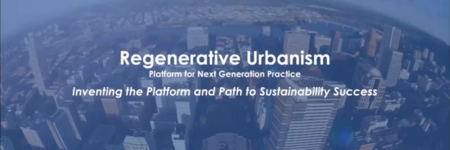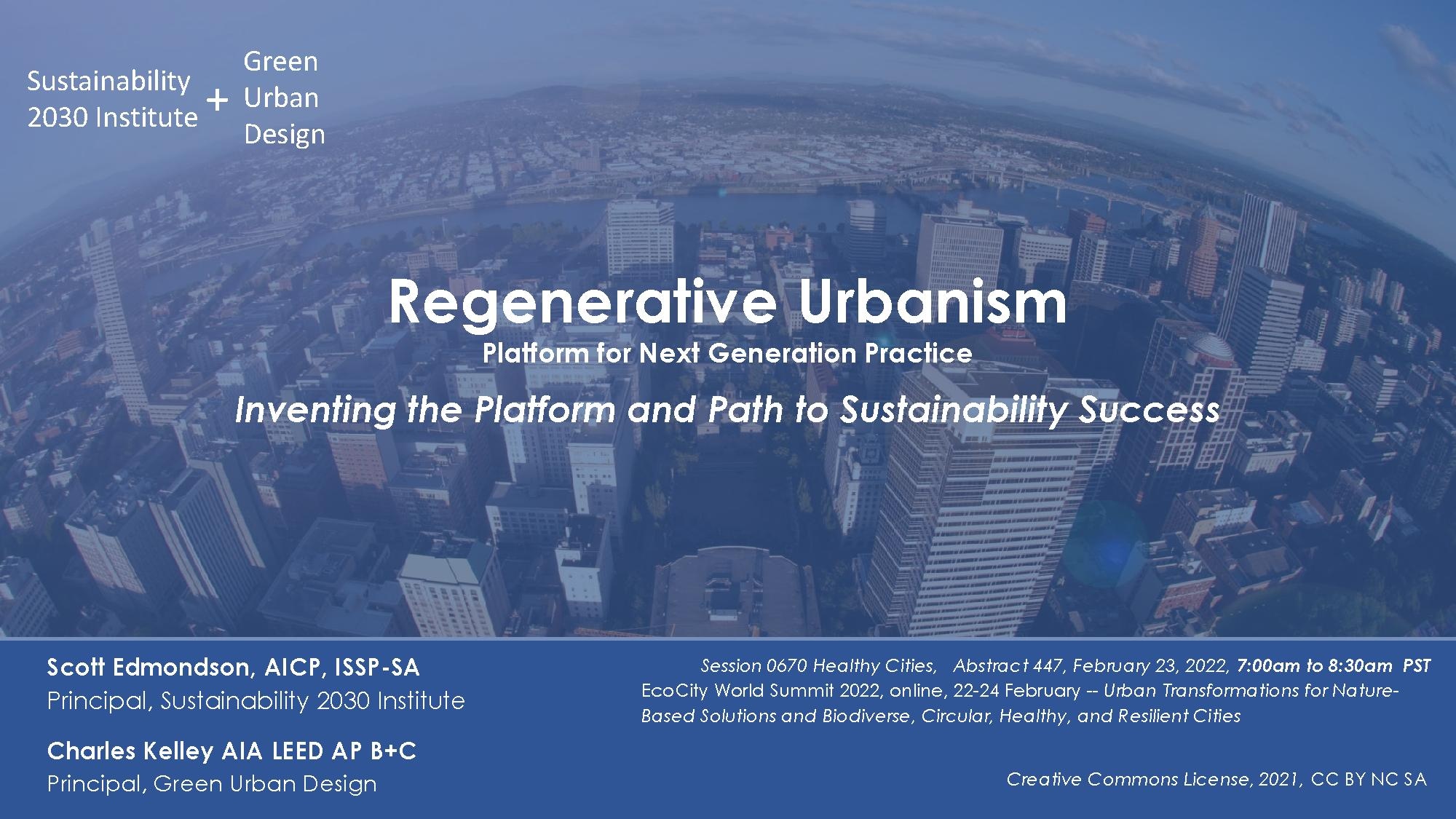Regenerative Urbanism: Difference between revisions
Jump to navigation
Jump to search
No edit summary |
No edit summary |
||
| Line 6: | Line 6: | ||
|published=2021-09-29 | |published=2021-09-29 | ||
|sector=Buildings, Wellbeing | |sector=Buildings, Wellbeing | ||
|team-members=Sustainability 2030 Institute | |||
|poc=Charles Kelley | |poc=Charles Kelley | ||
}} | }} | ||
[[File:Regen_Urbanism.jpg|650px|link=https://www.youtube.com/watch?v=_Joy47J5ta4]] | [[File:Regen_Urbanism.jpg|650px|link=https://www.youtube.com/watch?v=_Joy47J5ta4]] | ||
Revision as of 18:12, May 2, 2022
| Regenerative Urbanism | |
|---|---|
 | |
| Date | September 29, 2021 |
| Point of Contact | Charles Kelley |
| Organizational Partners | Sustainability 2030 Institute |
| Sector | Buildings Wellbeing |
| Presentation | 
|
Description: Regenerative urbanism creates a balance where buildings, their occupants and the surrounding systems, both natural and man-made, work together to create resources rather than deplete them. Research shows that the integration of regenerative elements can yield greater returns over time. This approach uses dynamic governance systems to monitor and share the costs and benefits of urban life. It allows for multiple objectives to be achieved, from managing water and reusing waste biproducts to optimizing renewable resources across compact communities in new ways.
Video will be available after the event
